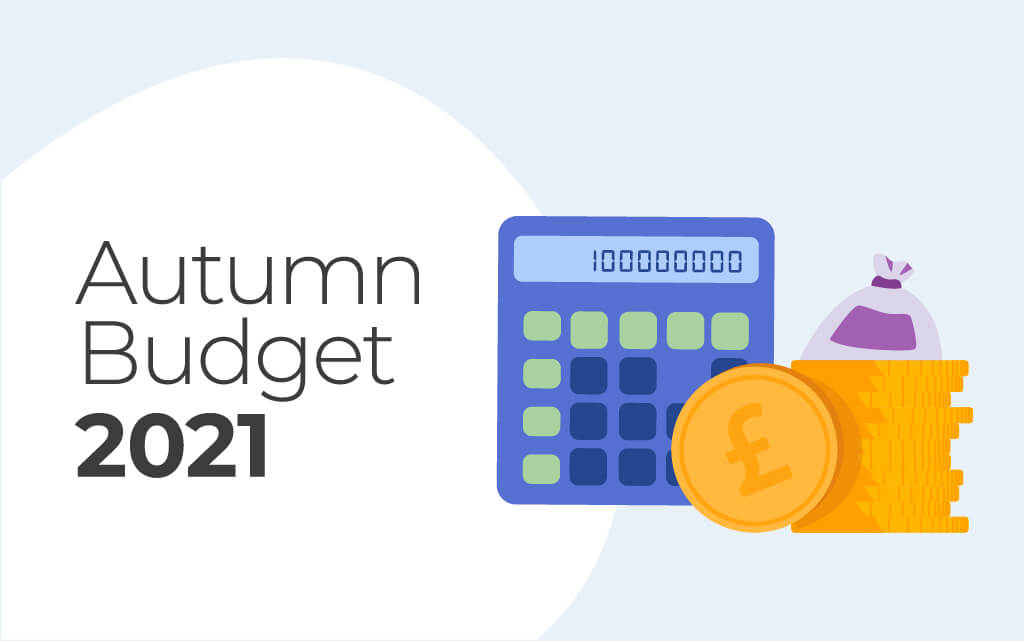As emergency support measures wind down and the UK emerges from the pandemic following a largely successful vaccination programme, attention naturally turns towards how the country’s going to pay for it.
On Wednesday 27 October 2021, Chancellor Rishi Sunak will deliver his second Budget of the calendar year to the House of Commons and his third since taking the top job at the Treasury in February 2020.
His latest speech comes as the UK continues to deal with the financial fallout from COVID-19. What we already know is that 2022/23 will be a year for the biggest tax rises in many decades, as a raft of tax changes which intend to raise £12 billion a year for social care kick in from next April.
Sunak will also use 27 October 2021 to announce his latest Spending Review, which will set out how much money government departments can expect to receive over the next three tax years. There should be plenty for us to get our teeth into.
We already know National Insurance contributions (NICs) will increase by 1.25% for employees, employers, and the self-employed from 6 April 2022, while the same tax hike will apply to the three dividend rates that could affect anyone with shares in profit-making incorporated businesses.
With changes to corporation tax due to kick in from April 2023 and the tax rates and thresholds that apply on income and VAT all frozen up to and including 2025/26, there are only a handful of options.
3 potential tax changes
Last autumn, the Office for Tax Simplification (OTS) published a report in which it recommended harmonising capital gains tax rates with income tax rates. This, it said, could raise an extra £14bn a year for the Treasury.
Sunak’s under no obligation to implement this recommendation, but it seems like some form of capital gains tax change could be in the pipeline. Particularly when you consider how the NICs increase won’t apply to landlords who have not incorporated into a company.
A long-overdue report into reform of the business rates system in England should be published in Autumn Budget 2021, more than 18 months later than planned. Factor in that business rates in England are due to increase by 3.1% for bricks-and-mortar firms in 2022/23 and this seems ripe for reform.
Every year there’s talk of some form of inheritance tax overhaul, but it never materialises. Inheritance tax has had its two tax-free thresholds frozen, but it wasn’t one of the frozen taxes either in the Government’s election manifesto or Spring Budget 2021. Perhaps a series of small reliefs might be replaced with a simple new annual exemption? Time will tell.
Our Autumn Budget 2021 report & approach
It always seemed likely, to me at least, that we would be having two budgets this year and planning began as soon as Spring Budget 2021 finished, liaising with our designers, speaking with sources and our expert team of practising accountants. Leading that team once again is one of the top 40 tax professionals under the age of 40, according to Tax Journal.
For the first time since before the pandemic, we will be back in our office to produce your fully-branded Autumn Budget 2021 report ready for you to read the very next day.
Four versions of your report will be sent out – 2 x PDFs, 1 Word document, 1 two-minute video. All print products will be branded and for £100 (plus VAT), we can put your accountancy practice’s branding on the video for use on your website or email newsletter – and receive instructions on how to use it. This option is becoming increasingly popular with our clients.
How can you get our report?
If you don’t already subscribe to our Business & Tax Pack, get in touch with us today to discuss purchasing your fully branded one-off Autumn Budget 2021 report for £175 (plus VAT) or for a special bundle price of £250, including the video, on Thursday 28 October 2021.

